
My work follows the academic closely. I've the academic process to my personal way of working, and I've created a process that always works for me. When I paint, I focus on three main things: design, drawing and paint application. I consider design to be the most important part of a painting. Before I start painting, I make sure that my composition works. Good design is the foundation of every good painting; that's why this step can take up to a month for each piece. Every time I have an idea, I try to make a simple drawing in my sketchbook. If the sketch works, then I start working on my iPad to develop the idea. There I plan the colors, the value structure and the shape design. After this step, I start drawing.
There is something very important that I learned in my years in school, and that is that a good composition will make a good painting even if the paint application is not great-in contrast, even a great paint application and rendering won't make a good painting if the composition is bad. Without a good composition, a work loses its visual value and seductive qualities.
When talking about realism, a bad drawing can ruin a great design. If trying to create an appealing realist piece, specifically talking about figurative work, a well-executed drawing must be a priority. This implies a basic knowledge of anatomy, portrait design and a humble eye to detect any mistakes and correct them. It is true that sometimes our eyes are so familiarized with our work-in-progress that it is difficult to see any mistakes; luckily there are some ways to refresh our eyes. One way would be to simply take a picture of the piece you're working on. When looking at the work on a phone screen you are forced to look at the whole image without focusing on small details. Another useful way is to flip the image horizontally, as this will also give you a fresh view of your work.
This story is from the June/July 2023 edition of International Artist.
Start your 7-day Magzter GOLD free trial to access thousands of curated premium stories, and 9,000+ magazines and newspapers.
Already a subscriber ? Sign In
This story is from the June/July 2023 edition of International Artist.
Start your 7-day Magzter GOLD free trial to access thousands of curated premium stories, and 9,000+ magazines and newspapers.
Already a subscriber? Sign In
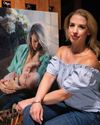
Fresh Eyes
Anna Rose Bain discusses the passions of being an artist and helping students transform their own work
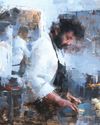
The Next Level
Jacob Dhein uses a wet-into-wet technique to create painterly depictions of a variety of subjects
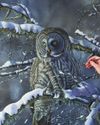
Wild Spirit
Alternating between broad glazes and fine details, Claire Milligan captures the intricacies of the animal kingdom
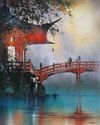
The Bridge Between
Watercolorist Thomas Wells Schaller delves into the nuances of observation and imagination
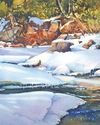
The Color Continuum
Catherine Hearding demonstrates how she utilizes color to enhance the mood of her landscapes
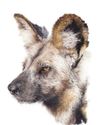
Points of Precision
A strong focal point and attention to detail make Nicola Jane's artwork jump off the page
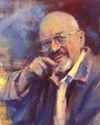
BE YOURSELF
Harley Brown's fascinating things no one else will tell you
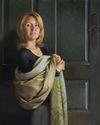
JEFFREY T. LARSON
Expertly Putting the Pieces Together
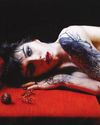
Hot-Blooded
Blending elements of realism and surrealism, figurative artist Anna Wypych’'s paintings are dominated by vivid reds
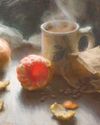
Adam Clague Incandescence
Adam Clague’s masterful understanding of contrast allows him to paint subjects that seem to glow from within